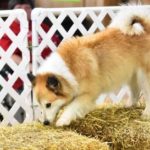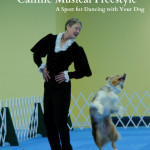The Farmer or the Dog?
On Australian farms, the cattle and sheep industries function in a climate of increasing input costs, such as variable commodity prices. Like any industry, these farms must invest in methods that improve productivity to maintain profitability. With 270,000 stock herding dogs working in rural Australia, they are a significant component of the livestock industry. Carried out by faculty at the University of Sydney, the study investigated the current management practices with stock herding dogs. Additionally, they hoped to determine whether the practices and the characteristics of the dog handlers were associated with success rates. The results of this study not only helps the farming industry adopt successful practices, but has larger implications to how anyone should train their herding dog. After the surveys were collected and the regressions were calculated, seven factors emerged to be associated with success rates:
|
Canine Factors |
Owner Factors |
|
Dog Breed |
Non-use of electric collars |
|
Housing Method – group pens or yards |
Large expenditure of treatment– how much they will spend on their dog’s welfare |
|
Previous Trial Participation |
Personality– conscientiousness Big Five factor |
|
Young (> 6 months) at acquisition |
They also found that the reason for culling working dogs was overwhelmingly described as behavioral in nature. Appropriately, the strength, or lack thereof, the dog-handler bond became a large backbone of many of the successful factors analyzed. This was supported by the fact the highest probability of success came from not purchasing a herding dog fully trained, but those who bought them less than six months of age. The Big Five factor, conscientiousness, is known for successful job performance in people, encompassing perseverance, organizational ability, ambitiousness, and self-discipline. Therefore, the researchers concluded that this aspect of human personality is “inherently effective” in communicating with dogs.
The study concluded that farming practices and human traits are associated with canine outcomes, rather than the canine’s own predisposition. It infers a need to nurture the canine-human bond to optimize success, and stray away from the herding dog being charged with the sole responsibility for success or failure.
To read the full report, click here.






